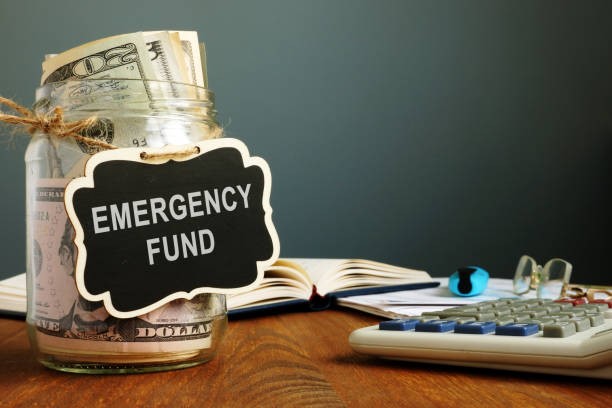Picture this. Your bike slips in heavy rain, the repair estimate is ₹40,000 and rent is due in less than a week. Or your fridge stops working in peak summer just after you have paid the school fees. These moments are not only inconvenient but also force you to decide quickly where the money will come from.
For most people, the two main options are to use their emergency fund or to take a personal loan. Both have their place in financial planning. The better choice depends on the type of expense, how prepared you are and how much breathing room you will have after the crisis.
The Purpose of an Emergency Fund
An emergency fund is not meant for earning returns. It is a safety net that is kept ready for situations where delaying a payment is not possible. The money should be in an account or instrument that allows quick access, such as a savings account, sweep-in fixed deposit or liquid fund.
The biggest advantage is control. You do not have to pay interest, there is no approval process and you can handle the problem immediately. The drawback is that once you spend from this fund, you must work to rebuild it. Until that happens, you have less protection if another problem arises.
When a Personal Loan Becomes Useful
A personal loan works well when the cost is higher than your savings or when you want to keep your emergency fund untouched for more serious situations. In India, loan approvals have become much faster. Many lenders can transfer funds within a day once documents are verified.
Personal loans are structured. You borrow a set amount and repay it in equal monthly instalments over a fixed term. This makes them suitable for large expenses such as major medical treatment, significant home repairs or multiple urgent bills. The trade-off is the cost. You will pay interest and may also pay processing fees. Missed repayments can harm your credit score and the fixed EMIs reduce your flexibility for other expenses.
How to Decide Between the Two
Before choosing, ask yourself:
- How much of my savings will remain if I use them now?
If using your emergency fund will leave very little, it might be better to use a mix of savings and a loan.
- How quickly do I need the money?
An emergency fund gives you instant access, which is important when the expense cannot wait.
- Which option will cost me less in the long run?
Compare the interest you will pay on a loan with the benefit of keeping your savings. Sometimes paying interest is worth it to maintain your safety net.
- Can I repay a loan comfortably?
If the EMI will strain your monthly budget, it may be safer to use savings.
When Savings Work Best
- Hospital bills that must be cleared before discharge
- Short-term income gaps where you only need funds for a month or two
- Repairs or replacements that cost less than half your emergency fund
- Urgent family travel
These are situations where the speed and simplicity of using your own money outweigh the benefits of borrowing
When a Loan is the Better Choice
- Large home or vehicle repairs that exceed your savings
- High medical costs that insurance does not fully cover
- Multiple big expenses at the same time
- Choosing to keep your fund intact for future risks
Here, borrowing lets you spread the cost over time and prevents your savings from being completely drained.
Using Both for Balance
You do not always need to pick one. For example, you could pay part of a medical bill from your emergency fund and take a smaller loan for the rest. This way, you keep some savings in reserve and reduce the interest compared to borrowing the full amount.
How to Stay Ready for Either Option
- Build your emergency fund with regular contributions, even if the amount is small
- Maintain a healthy credit score to access loans at better rates when needed
- Know your loan options, interest rates and approval times in advance
- Review your financial position each year and adjust your fund and borrowing capacity as required
The Smarter Approach
This is not a choice between good and bad. Savings offer speed and freedom, while loans offer reach and structure. The key is to have both available and to use them according to the situation in front of you. By preparing for both, you can respond to emergencies without losing control of your finances or your peace of mind.

0 Comments